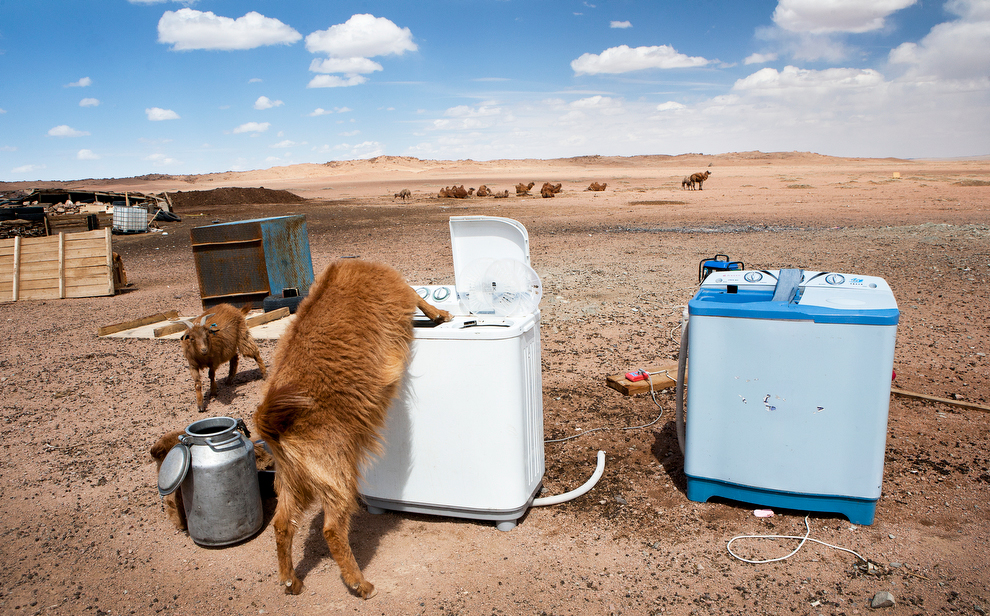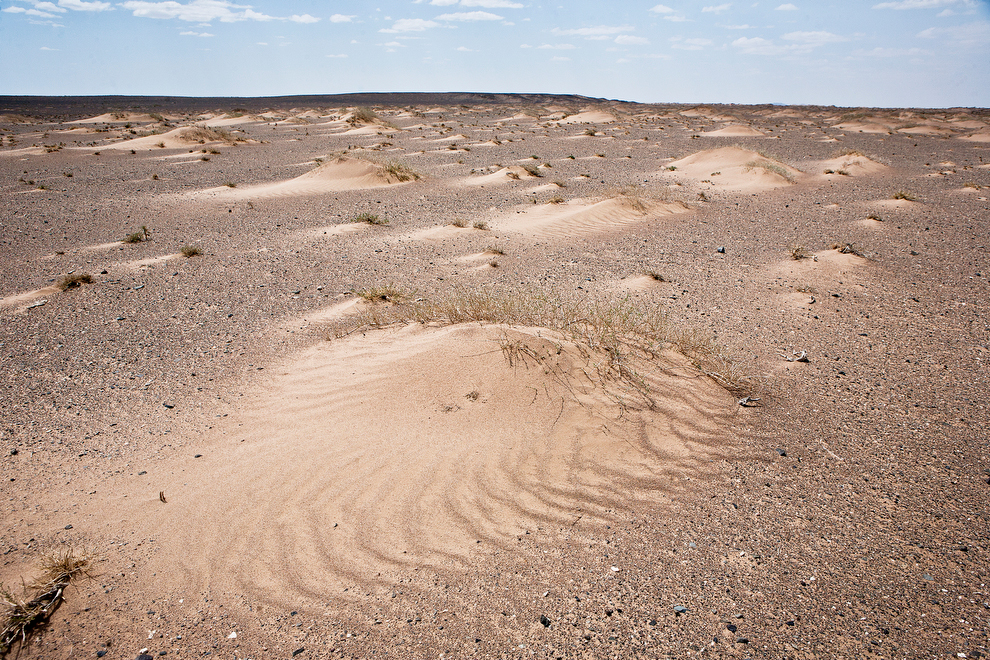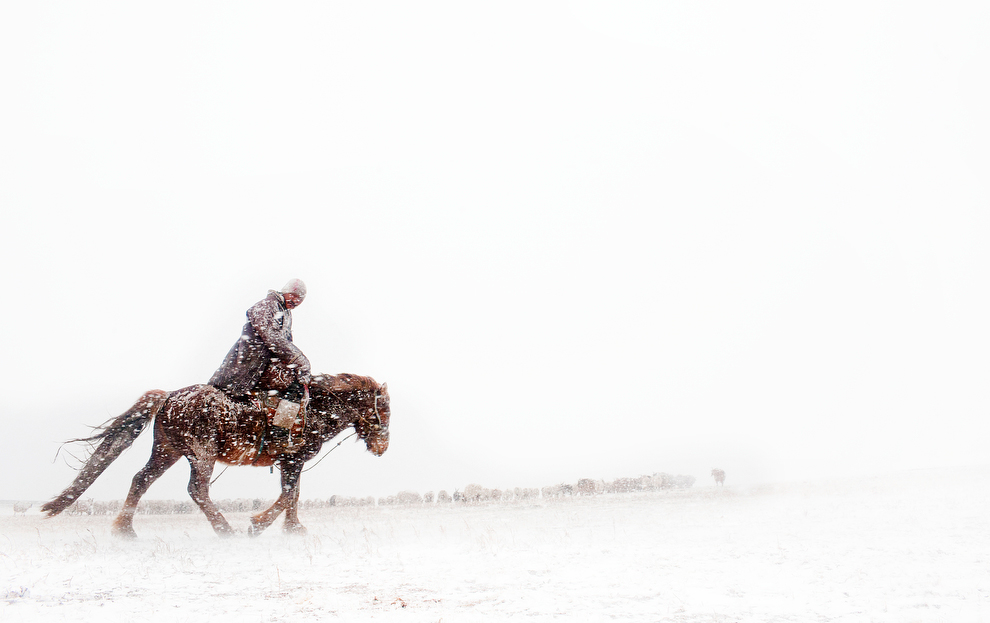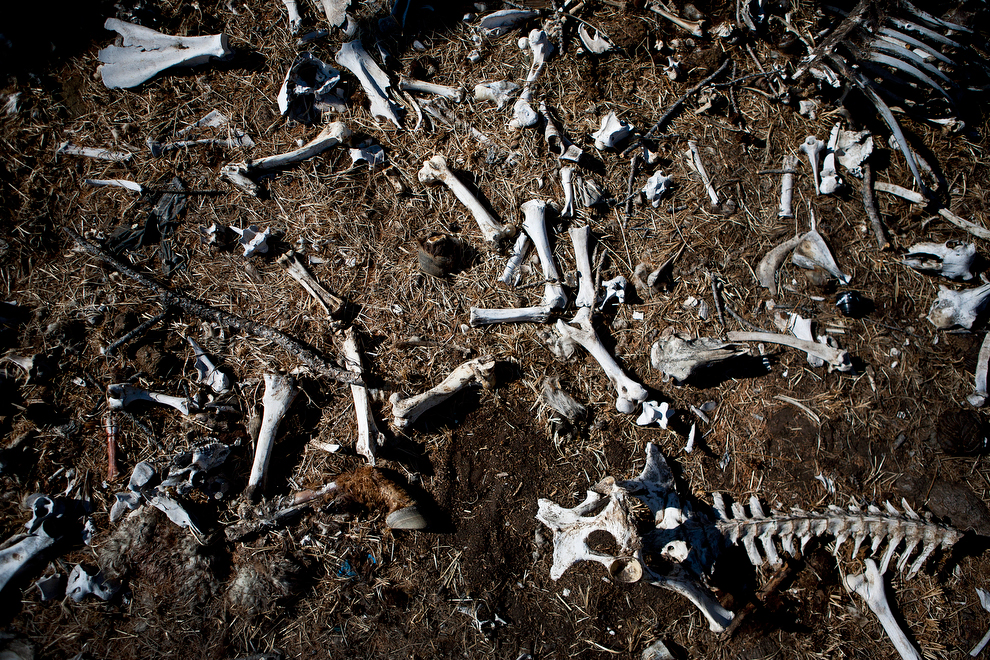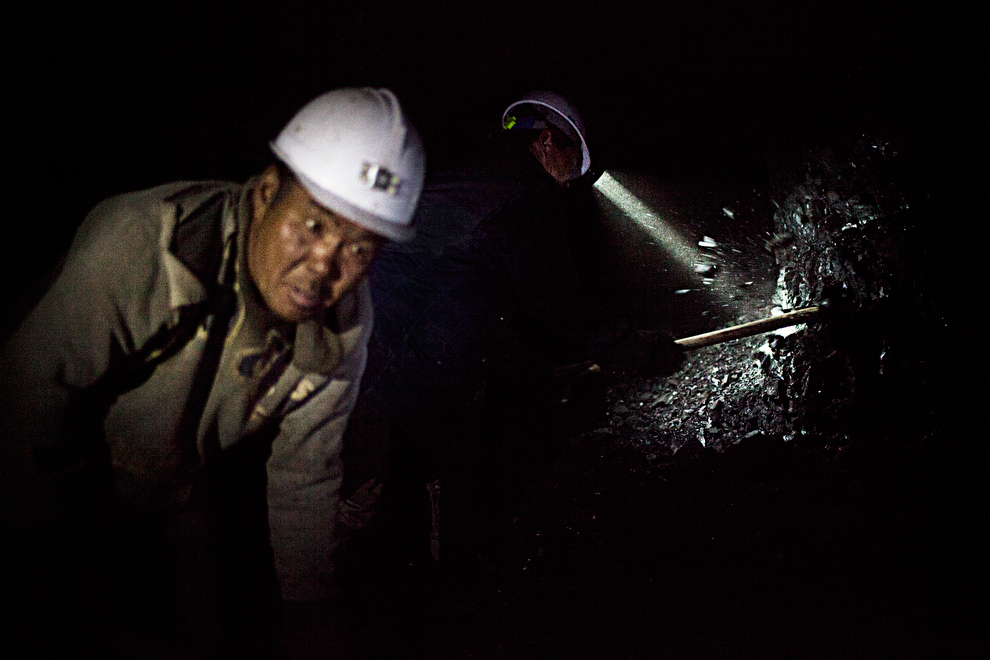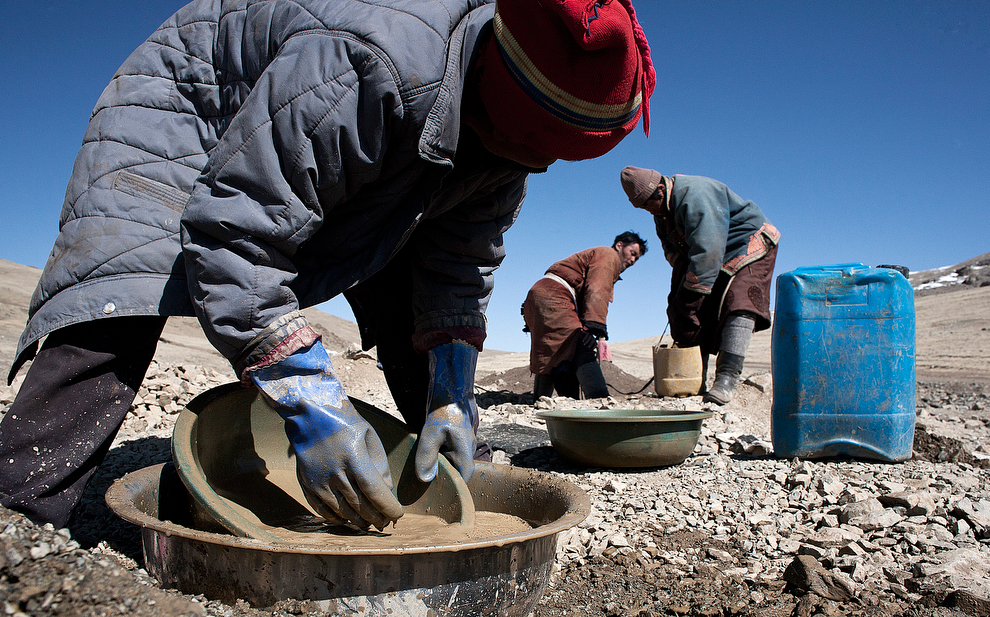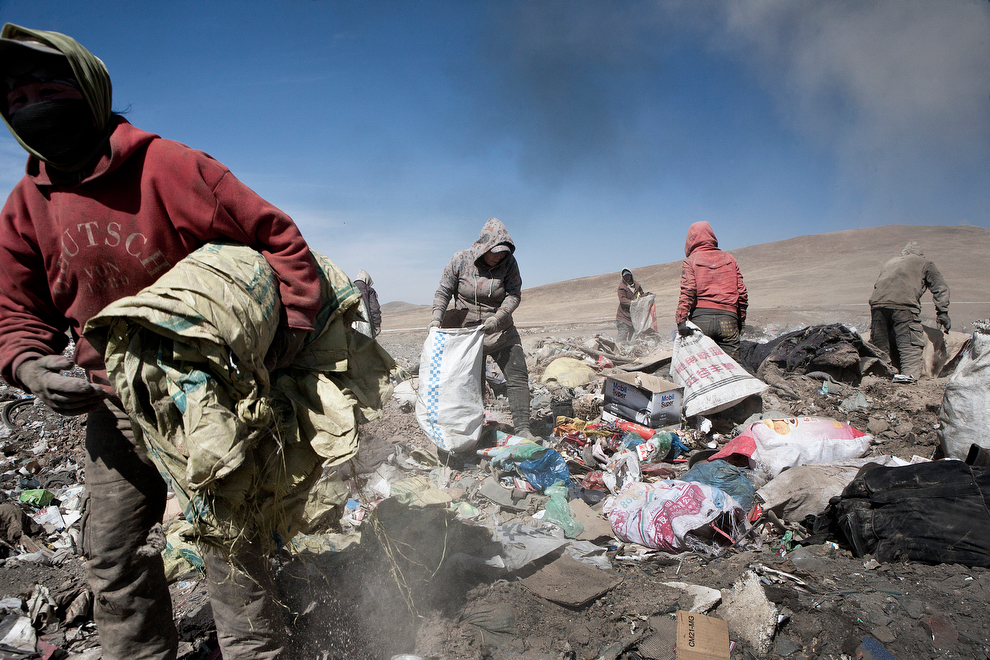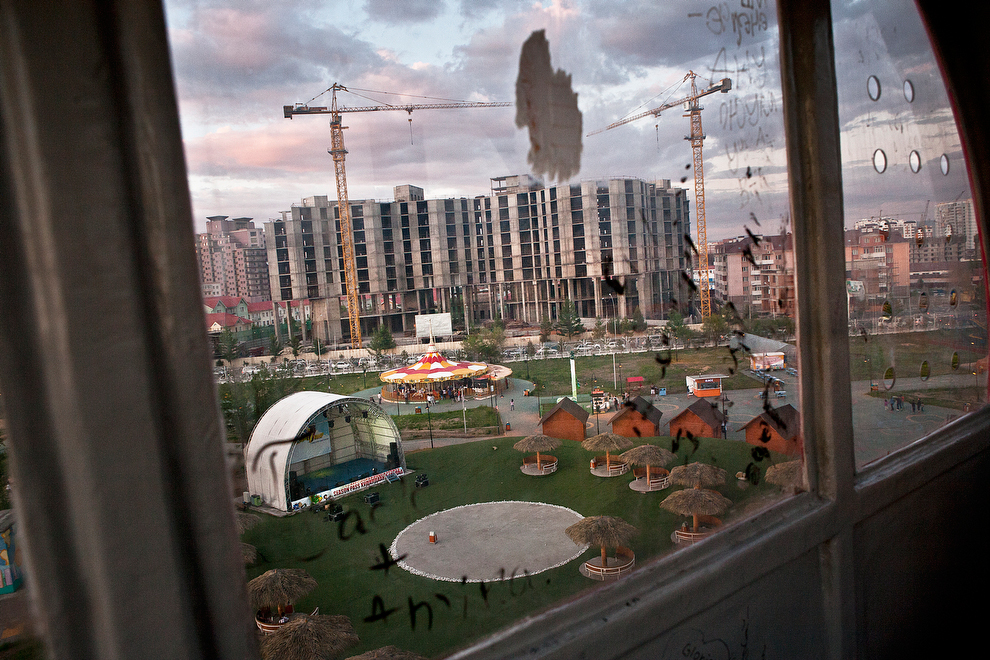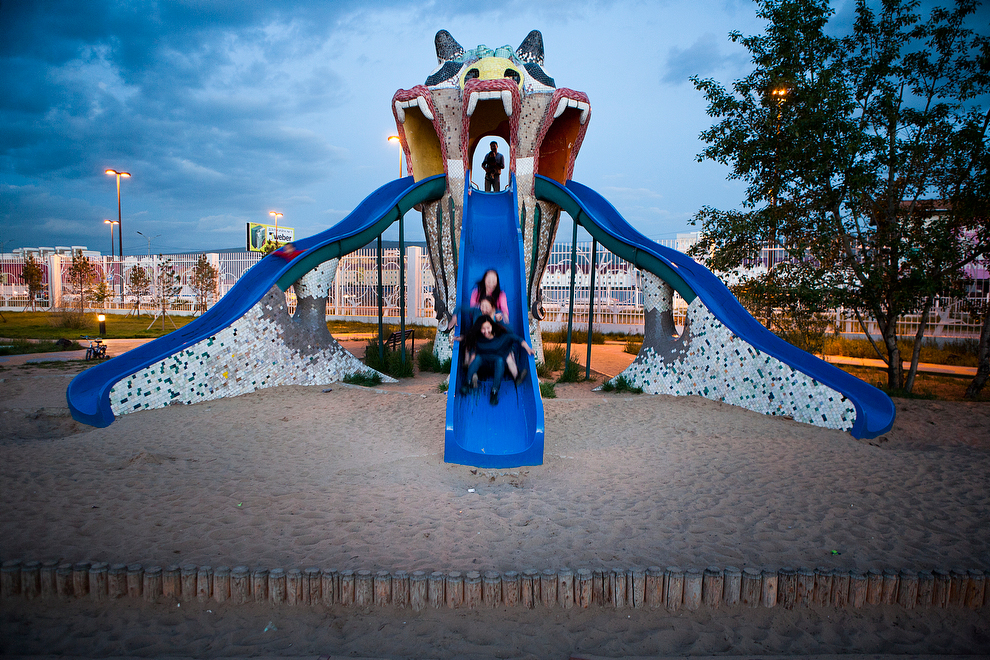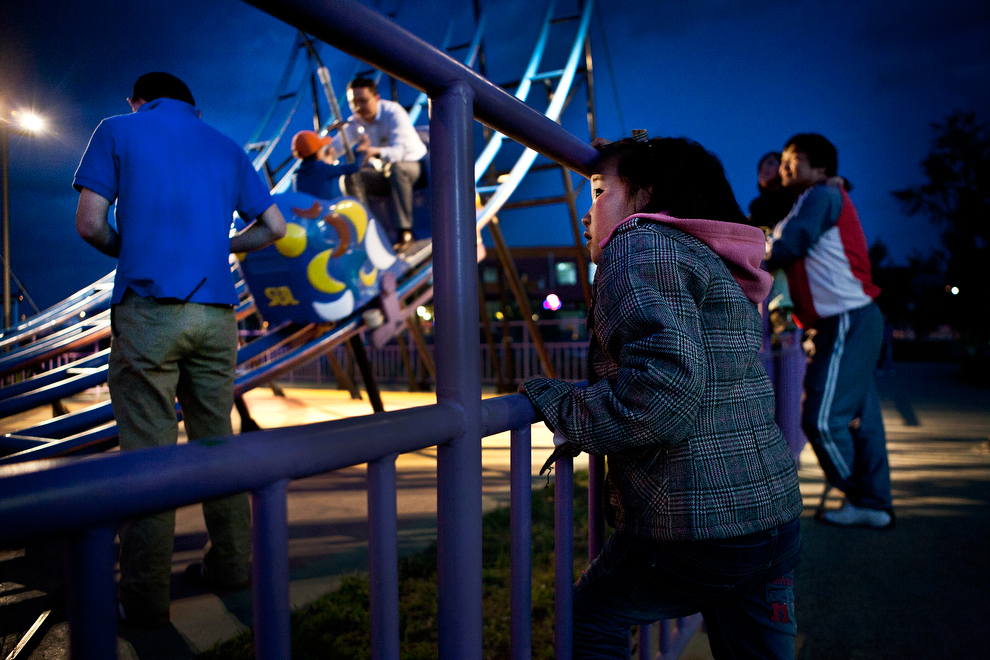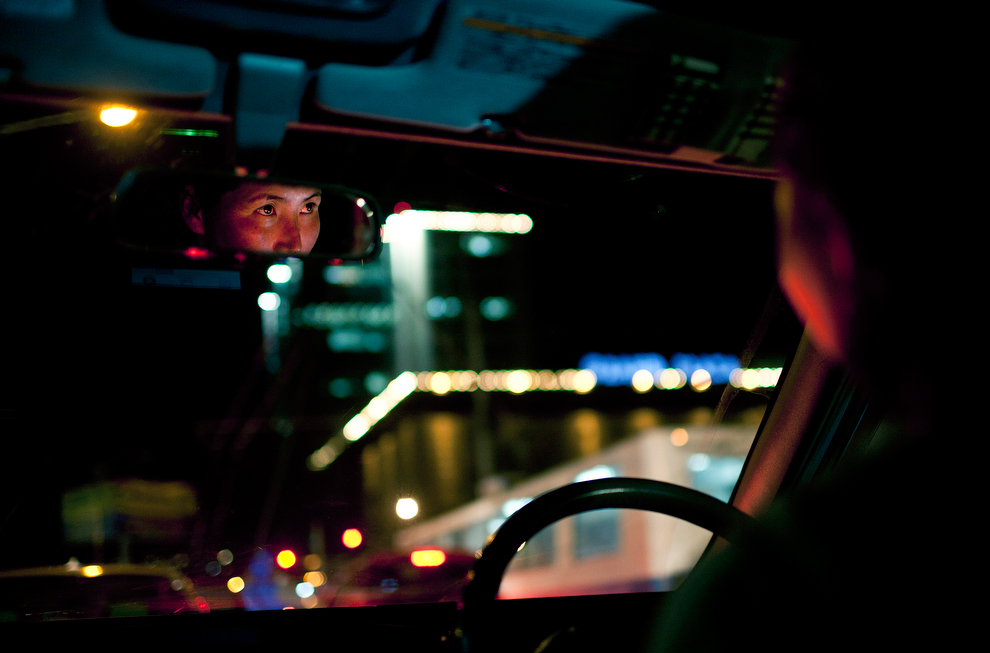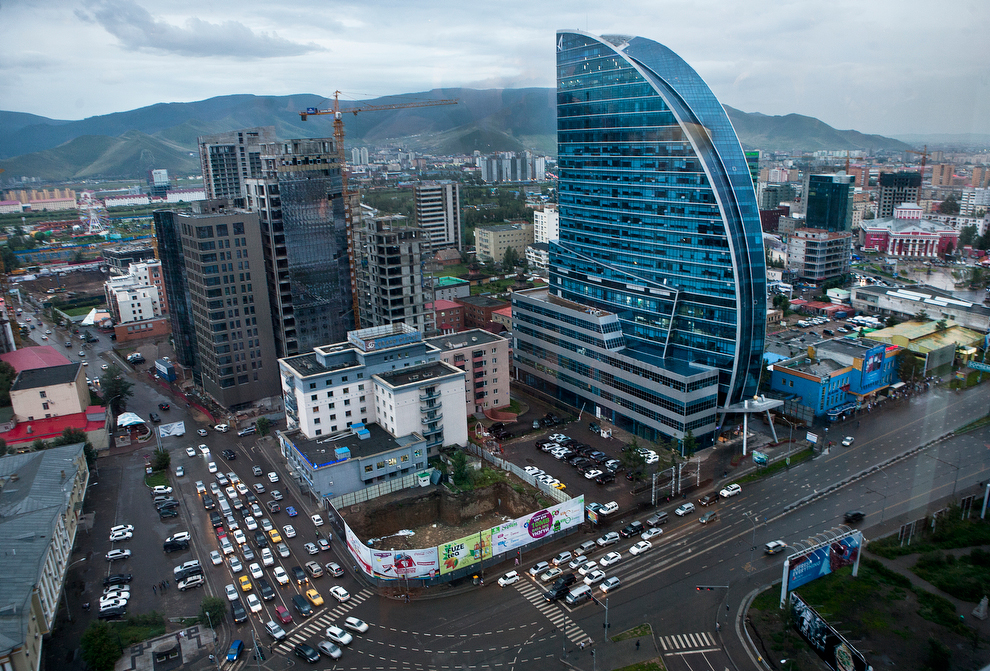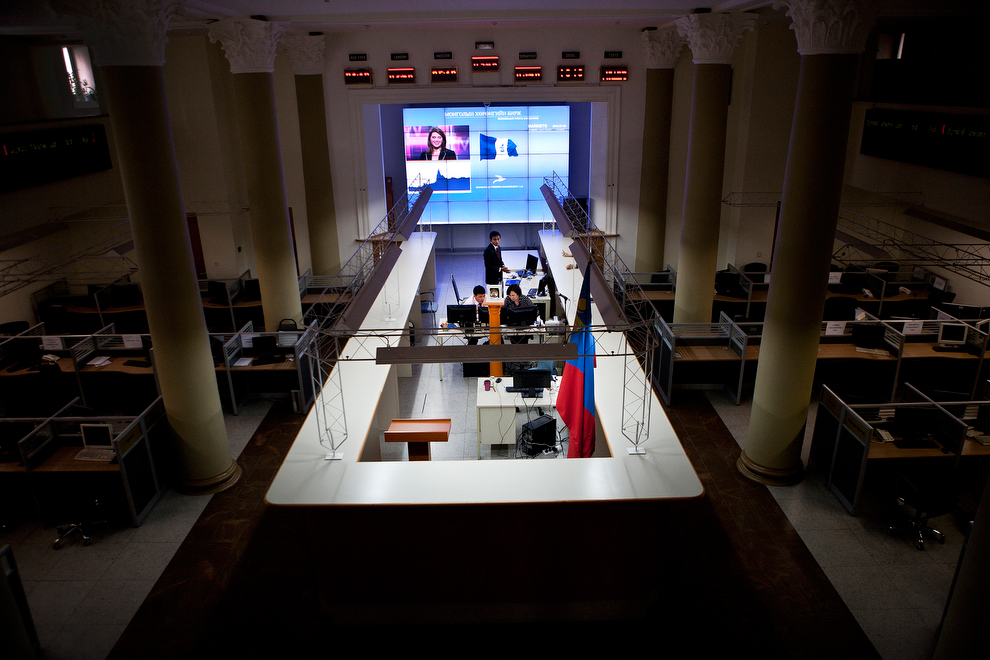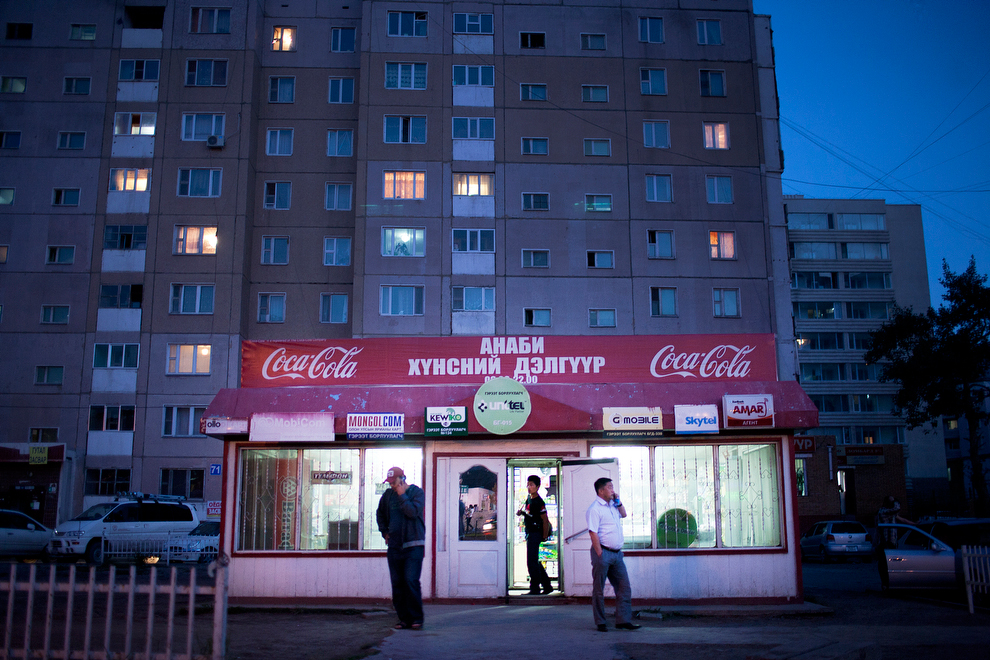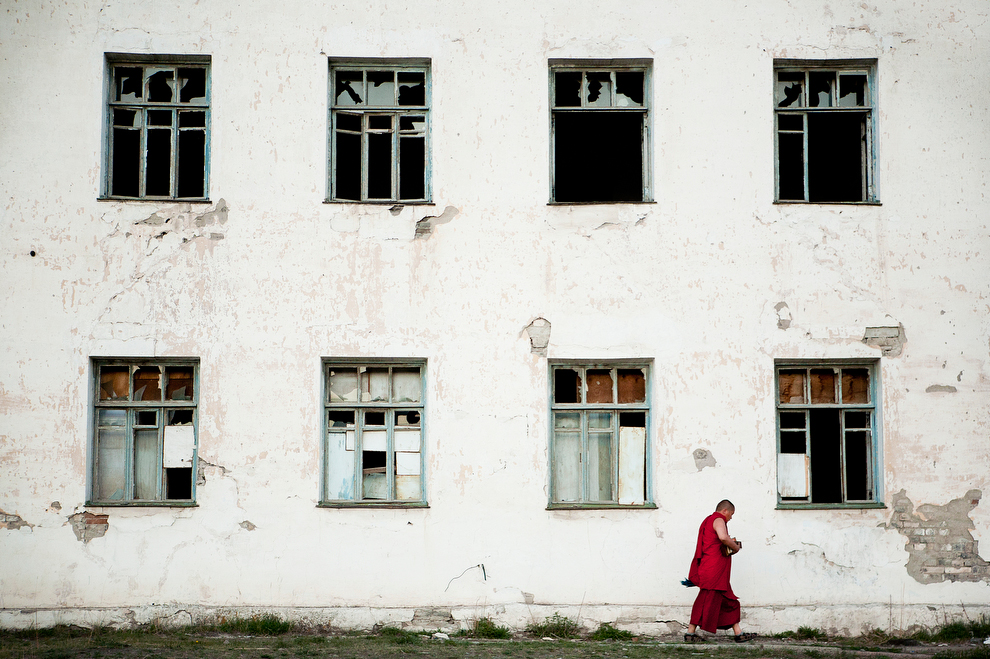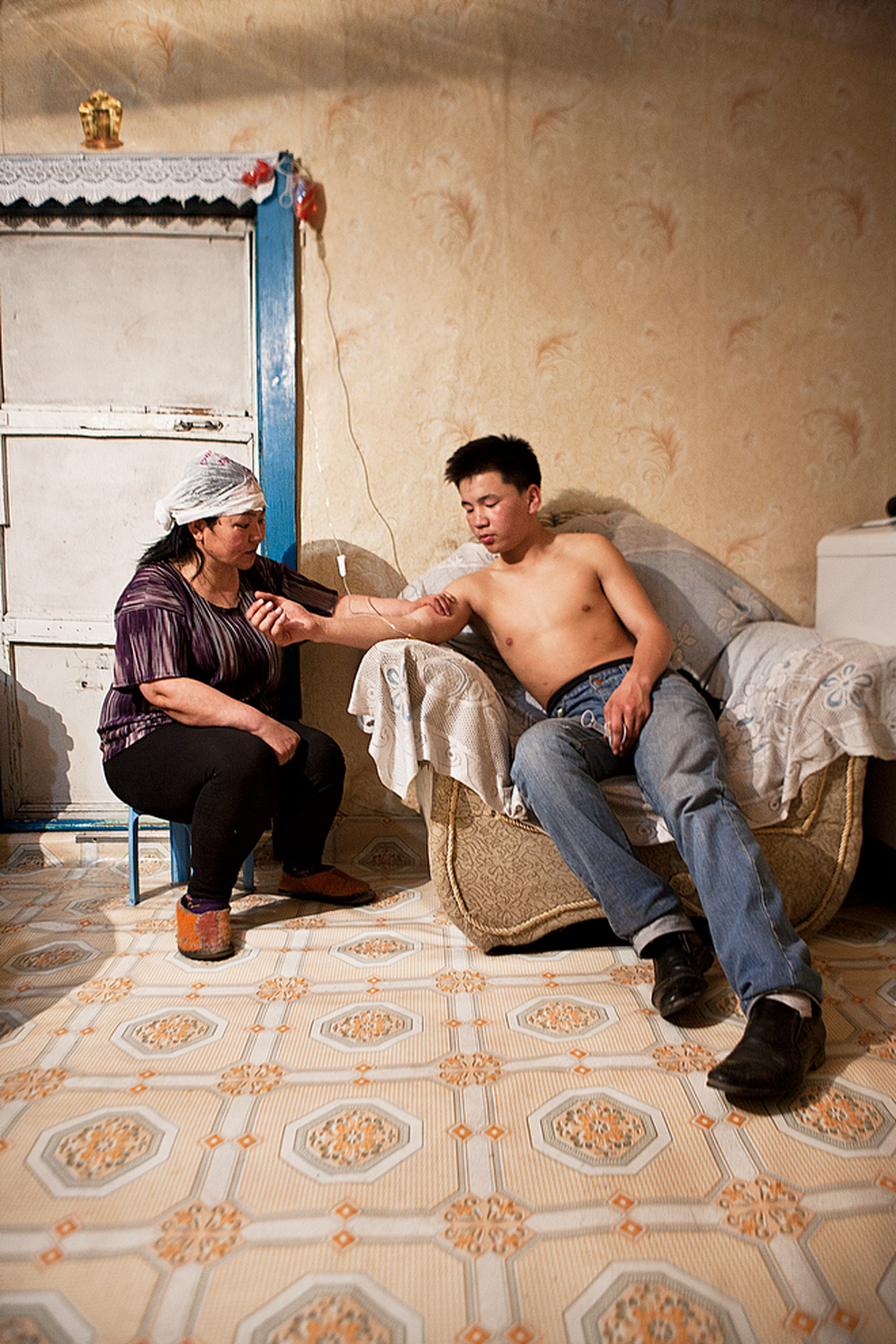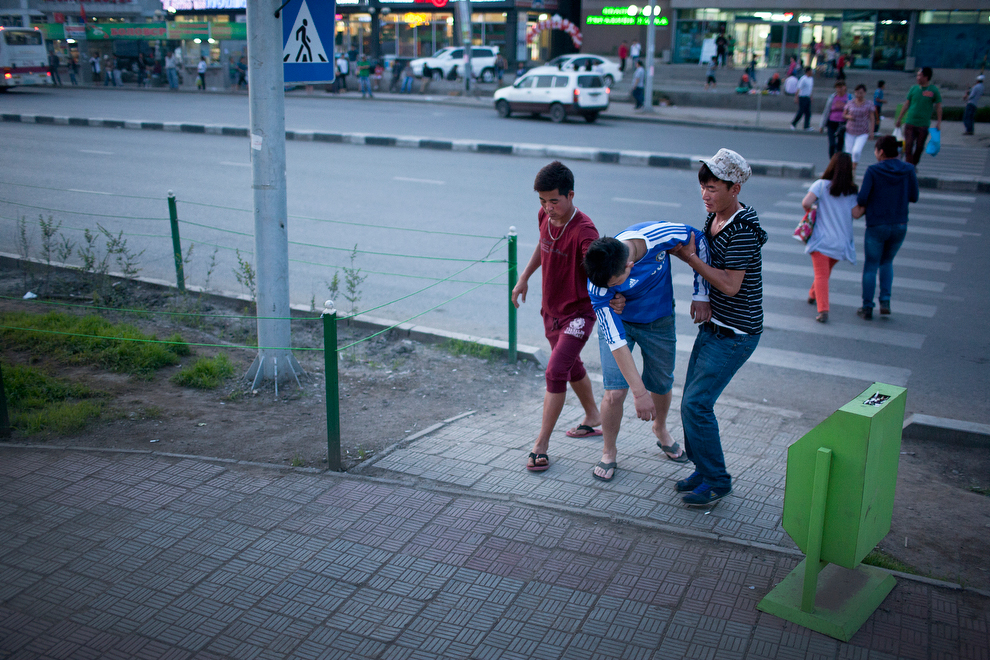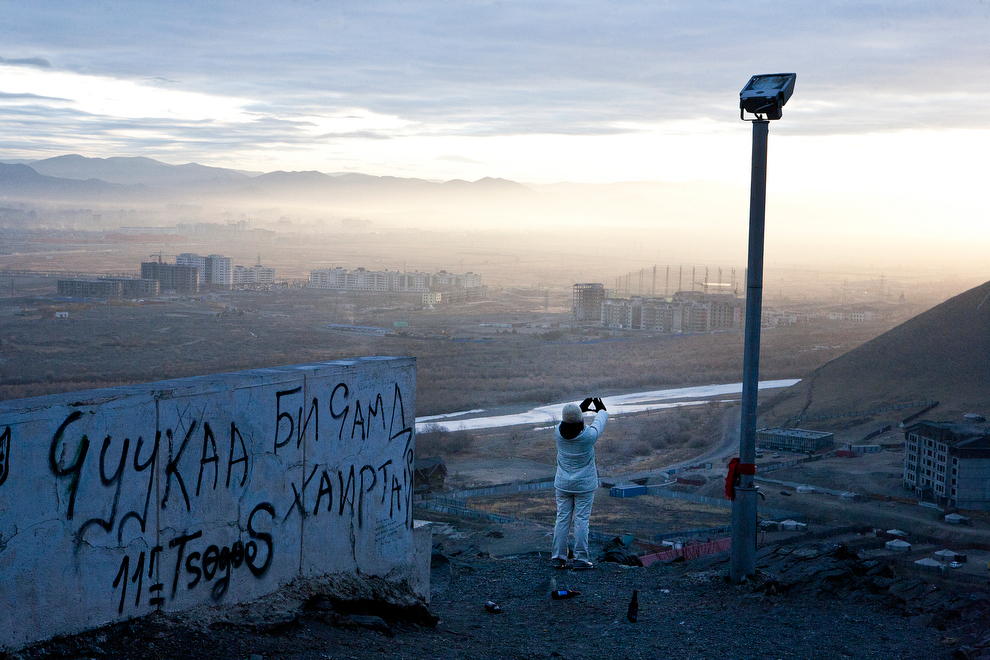Teacher PHAITOON YAEMPRASUAN
PICTA55@GMAIL.COM
Occupation and Technology Group
May 5-6, 2012
SOURCE : HTTP://www.boston.com/bigpicture
PICTA55@GMAIL.COM
The night sky on May 5 was animated by the once-a-year cosmic event of the perigee moon. Popularly known as the "Supermoon", the moon appears much larger above us when the elliptical orbit brings it within 221,802 miles to Earth, the closest point. The effect is magnified during a full moon, when we see our nearest celestial neighbor appear roughly 20 percent brighter and 15 percent larger. Collected here are images taken just before, during, and just after the perigee moon of 2012.
ค่ำคืนวันที่ 5 พฤษภาคม 2555 ได้เกิดปรากฏการณ์ พระจันเต็มดวงใหญ่เป็นพิเศษ ที่เรียกว่า ซูเปอร์มูน Supermoon ...ทั้งนี้ทั้งนั้นเกิดจากการที่ดวงจันทร์โคจรมาใกล้โลกมากที่สุดนั่นเอง ดวงจันทร์อยู่ห่างจากโลก 2.2 แสนไมล์ (วงโคจรของดวงจันทร์รอบโลกเป็นวงรี) คืนนี้เราจะเห็นดวงจันทร์โตขึ้นร้อยละ 15 ของขนาดปกติ และแน่นอนก็ต้องสว่างวับแววขึ้นอีกสักร้อยละ 20 ของภาวะปกติ
ค่ำคืนวันที่ 5 พฤษภาคม 2555 ได้เกิดปรากฏการณ์ พระจันเต็มดวงใหญ่เป็นพิเศษ ที่เรียกว่า ซูเปอร์มูน Supermoon ...ทั้งนี้ทั้งนั้นเกิดจากการที่ดวงจันทร์โคจรมาใกล้โลกมากที่สุดนั่นเอง ดวงจันทร์อยู่ห่างจากโลก 2.2 แสนไมล์ (วงโคจรของดวงจันทร์รอบโลกเป็นวงรี) คืนนี้เราจะเห็นดวงจันทร์โตขึ้นร้อยละ 15 ของขนาดปกติ และแน่นอนก็ต้องสว่างวับแววขึ้นอีกสักร้อยละ 20 ของภาวะปกติ






